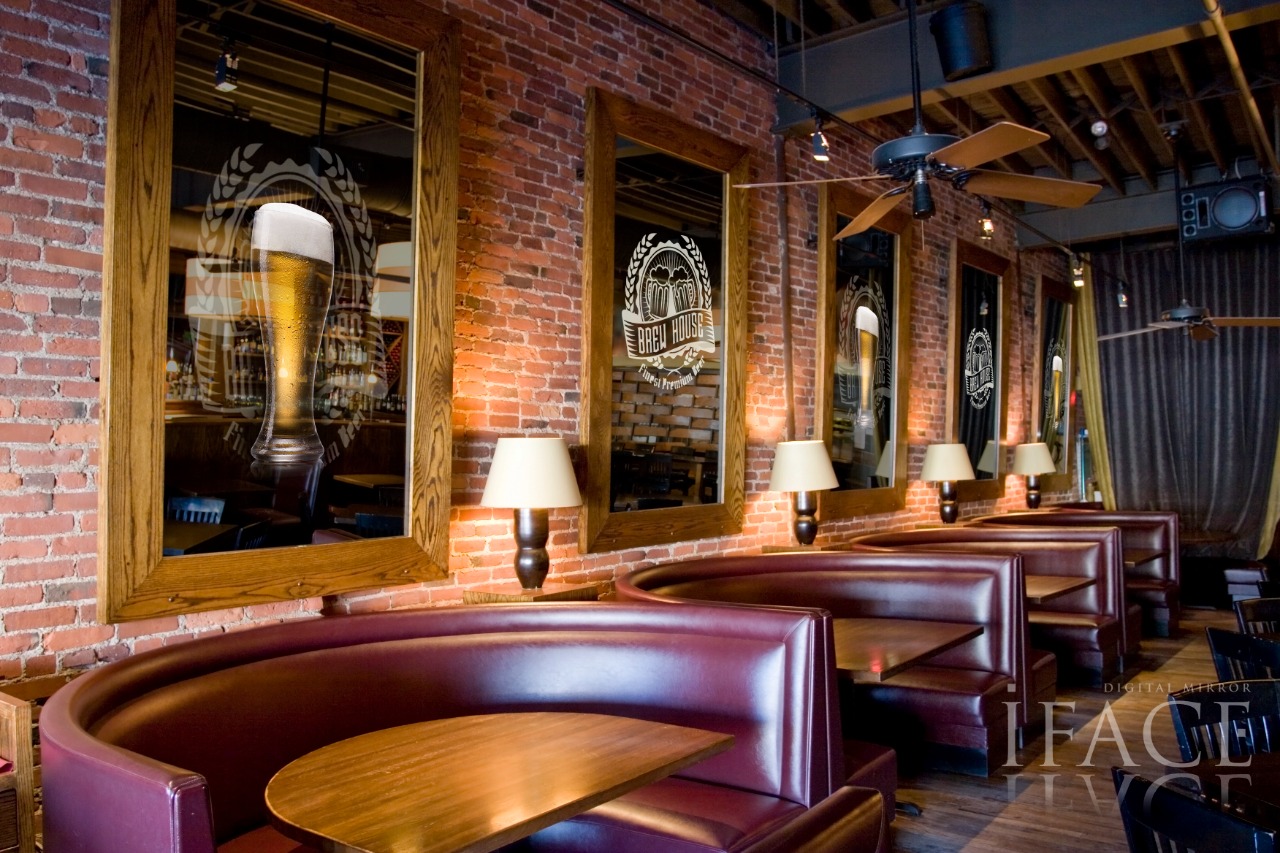Jarábik Barbara: Luxury marketers may also focus on the heritage and history of their brand, emphasizing its long-standing reputation for luxury and opulence. This can be an effective way to create an aura of luxury, as it suggests that the brand has a long-standing reputation for quality. If your brand was established years ago, make sure to include a history section with interesting facts on your website. Ideally, you should maintain a balance between innovation and tradition in your luxury strategy. An interesting way to do this is by collaborating with artists. A good example is luxury French brand Louis Vuitton, who have worked with Yayoi Kusama, Stephen Sprouse, Takashi Murakami and Jeff Koons.

Don’t neglect customer service: When you step into a designer store like Burberry or Louis Vuitton, what’s the first question you’re often asked? “Would you like a glass of champagne or tea?” That’s how it’s done. Brands like these treat their customers like kings and queens. Offering champagne and having a lounge within stores also adds to the luxurious branding. It makes you feel like you’re in a completely different world. Loyalty and repeat purchases are huge components of a successful luxury business. Customers who come back to purchase new releases or existing products have very high average lifetime values. This is why you must treat them extremely highly and ensure they are 100% satisfied. As a matter of fact, 55% of consumers would pay to have a better customer service experience.
Exclusivity is fundamental to luxury brand marketing as it maintains consumer desire through scarcity and rarity. If anyone could walk into Louis Vuitton and buy a handbag, Louis Vuitton would lose their appeal to those who wish to have something that others can’t get access to. Given the Internet’s accessibility and autonomy, many luxury brands worry about losing their sense of exclusivity when it comes to going online. This, however, is flawed logic.
Expanded Text Ads are now our reality, and there’s never been a better time to market your high-end product using the power of paid search. With all that extra space comes the ability to differentiate yourself from the rest of the SERP with language instead of relying solely on brand recognition. After all, even when you’re bidding on branded keywords, there’s a good chance you’ll be competing with third party distributors and your direct competitors. The copy you use in your text ads will be the difference between earning a prospect’s click and watching them scroll on by. As you can see in the column on the left, STA (what used to be called Standard Text Ads) placed tight restrictions on your ability to say anything compelling in your ad copy. How can you stand out from the competition when everyone’s pigeonholed into using the same five-ish sentence fragments? Off the top of my head, hiring a commercially motivated haiku writer was the only plausible solution.

With a solid system for managing your marketing plan and allocation of budget and focus, we can now dive into some of the specific channels and experiments you might want to test. When marketing luxury products, photographs are one of the best mediums for evoking the aspirational emotions that we connect with driving a luxury vehicle, wearing designer clothing, or experiencing something exclusive. As such, visual social networks like Pinterest represent a huge opportunity for luxury brands to raise brand awareness and advocacy. Find extra details on Jarábik Barbara.
Digital signage mirrors are another way for luxury brands to advertise efficiently : The world digital signage mirrors market was estimated at USD 780 million in 2021. The world market is expected to grow at a CAGR of 12.21% to hit USD 910 million by 2023. Digital signage mirrors can greatly increase individual efficiency by choosing outfits as per weather updates while also offering bus and train schedules (including traffic updates). Digital signage mirrors in smart homes, planes, commercial spaces, hotels, etc. are designed to be connected to users as well as with different devices around. Energy efficiency is one of the major advantages that will drive the adoption of digital signage mirrors.